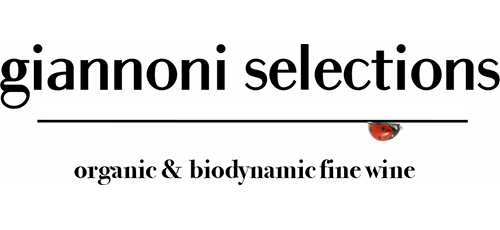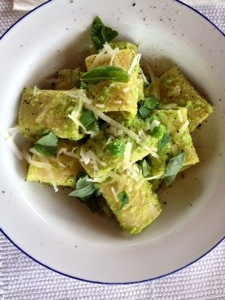Fugassa (Focaccia) a Camogli

It’s not by chance that the image of the focaccia comes first. And THEN the photo of Camogli. I spent the past couple of days tasting focaccia genovese or “focaccia normale,” how it is frequently ordered, in order to both satisfy my craving for this classic Ligurian specialty and solidify my opinions that have been steadily forming since I began coming here in 2003. I visited my top three favorite focaccerie so to rediscover why each had made it into the rankings.
To give you some background on Camogli, the name of the village is evidence of its deep relationship with the Mediterranean and fishing as ca and ‘mogli are derived from the words casa (house) and mogli (wives). More exactly, it became known as the town of wives’ homes because their men were always out at sea, fishing, to support their households. Camogli is located between Genoa and Savona on Italy’s Italian Riviera, situated in the region of Liguria.
Don’t get me wrong, the setting is sublime. But at the beginning of March the sun is rather weak (or non-existent) and for me Camogli becomes more of a food destination than an escape to the sea.
Buone Cose di R. Briasco
Via Giuseppe Garibaldi
Camogli (GE) 16032
0185 772073
As evident in the photo below the blog heading, this focaccia proved to be the highest rising (though difficult to see in this snap) with notably generous olive oil and the deepest dimples. Just out of the oven it was crunchy, chewy, mouth-watering as well as yeasty, salty, buttery.
This focaccia is why I come to Camogli; it is always my first destination. I will literally schedule my trains around their hours. Not only is it the focaccia that keeps me raving about this unforgettable regional delicacy, it is also the one to which I was first introduced when I came to Camogli initially in 2003 when I lived in Bologna. I have always noticed and appreciated the same faces – confident, attractive, and smiling – behind the counter since the beginning of my relationship with this bakery. This is the top. Make no mistake.
Panificio Rizzo Rocco
Via Della Repubblica 134
Camogli (GE) 16032
0185 770247
This focaccia turned out to be the flattest, blondest, saltiest, and chewiest with a faint anise aroma and flavor. Less salty towards the crust and almost sweet, buttery, and salty in the center, it showed only a modest dimpling.
These results were surprising given their Apulian roots and propensity for a higher rise – in addition to my past experiences tasting their focaccia. That said, it was quite delectable. I’m not gonna lie.

Panificio Giuffra
Via S. Fortunato 22
Camogli (GE)
0185 771053

The most savory and earthy of the sampled focacce that offered a hint of smokiness from the oven. This was the darkest focaccia (and the crunchiest!) and the second highest rising. I would describe it as pleasantly salty with moderately deep dimples and a faint yeasty finish.
This focacceria is probably the least touristy and also the friendliest. Their location also dictates this because they are tucked in a steep stairwell across from a fishmonger rather than on the seaside promenade. Locals can easily pick up their focaccia, just caught fish, produce, and meat by walking less than 100 yards rather than venturing down towards the usually busy waterfront.
Sometimes even after some critical consideration, as in this comparison of Camogli’s focaccia genovese, it seems as though it’s inevitable to go back to where it began..in search of Buone Cose.




